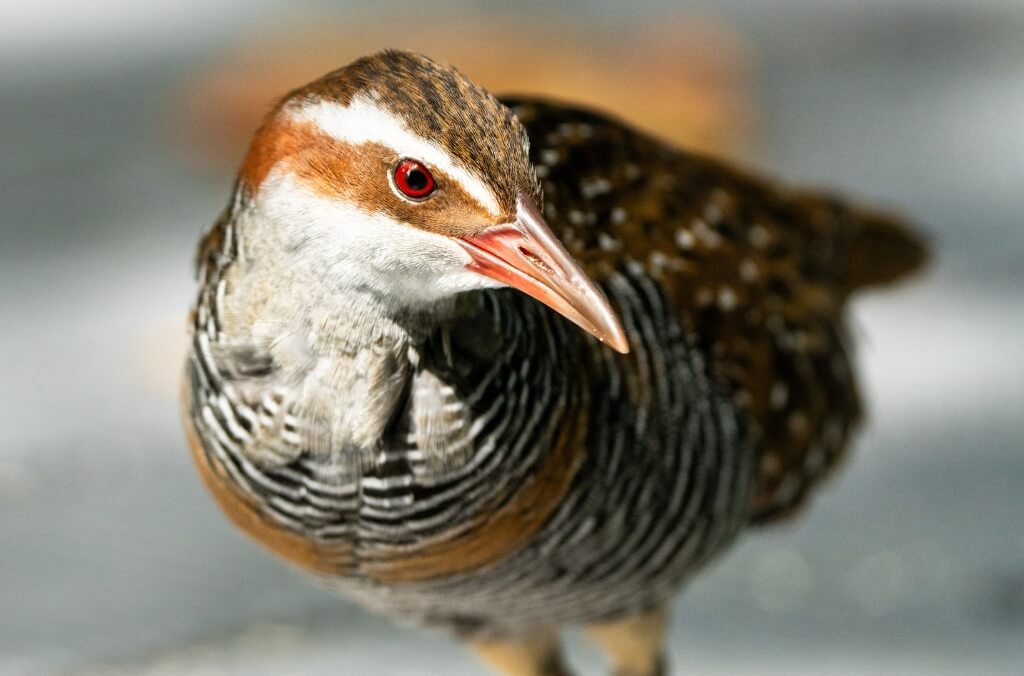Sydney Olympic Park breaks another record!
As part of our mission to protect our native species, over 60 nest and roost boxes have been installed across the Park. These boxes are specially designed to target hollow-dependent species, many of which are classified as vulnerable under state legislation.
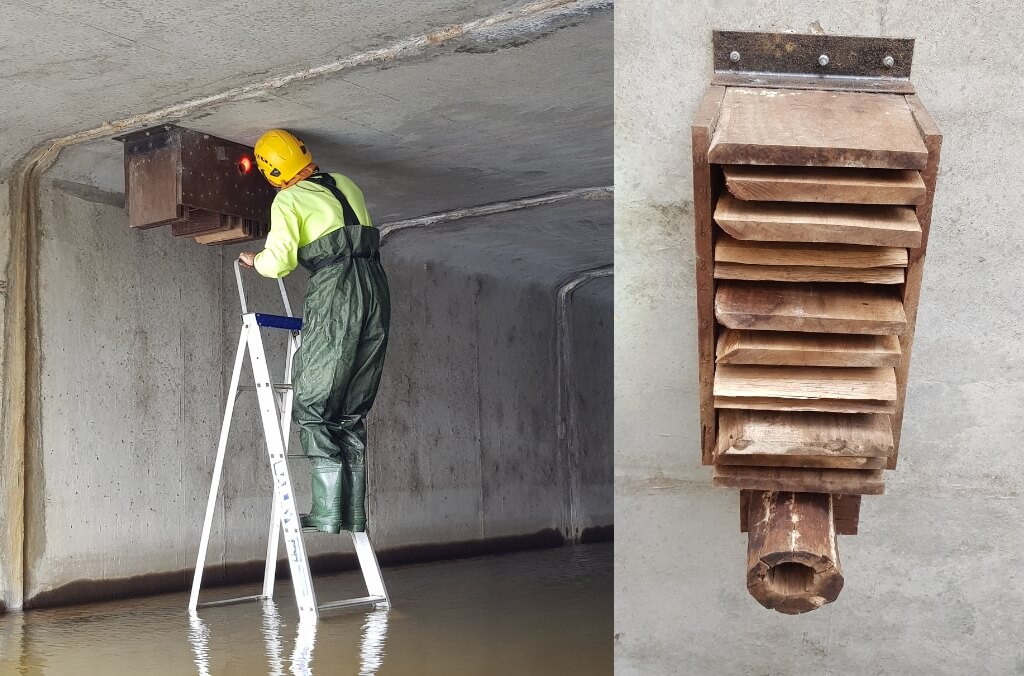
Southern Myotis
During the latest nest and roost box inspection, the Park has recorded our highest ever count of Southern Myotis!
Since installing roost boxes for this vulnerable species, we’ve seen an increase in the number of myotis using their boxes, with 115 bats recorded during the last inspection.
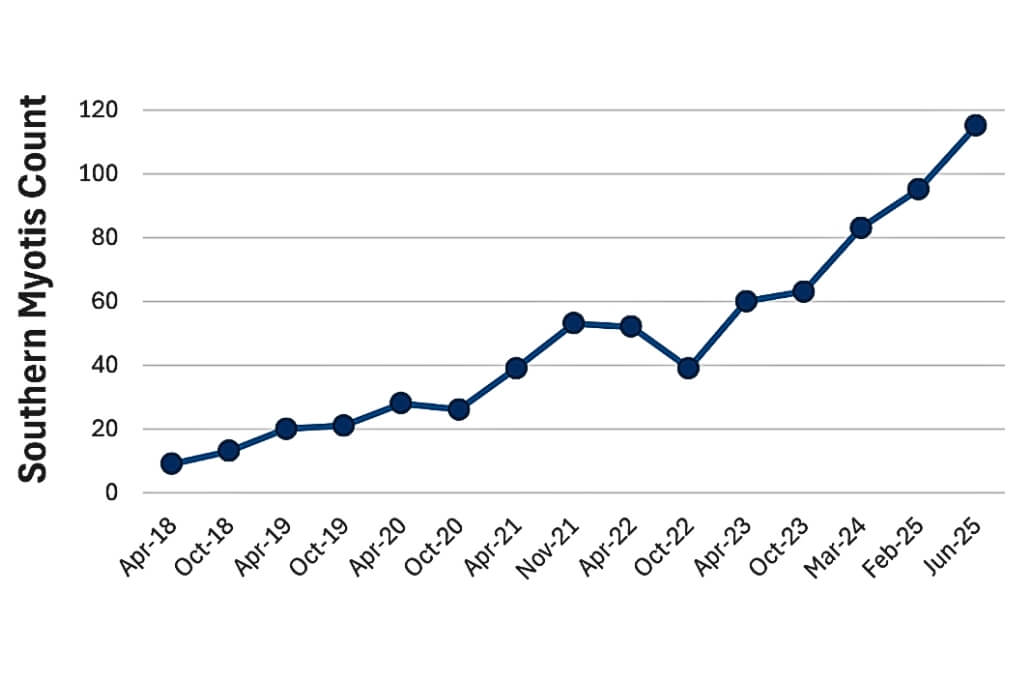
Being the only bat species in Australia that catches fish as part of their diet, Southern Myotis are also known as fishing bats. They catch their prey by flying low over streams and pools and raking their disproportionately large toes across the water’s surface to catch small fish and aquatic insects.
Did You Know: Southern Myotis also help to protect frogs found in the Parklands by hunting the introduced fish species Gambusia holbrooki. This pest fish threatens our frog populations by predating on tadpoles and frog eggs.
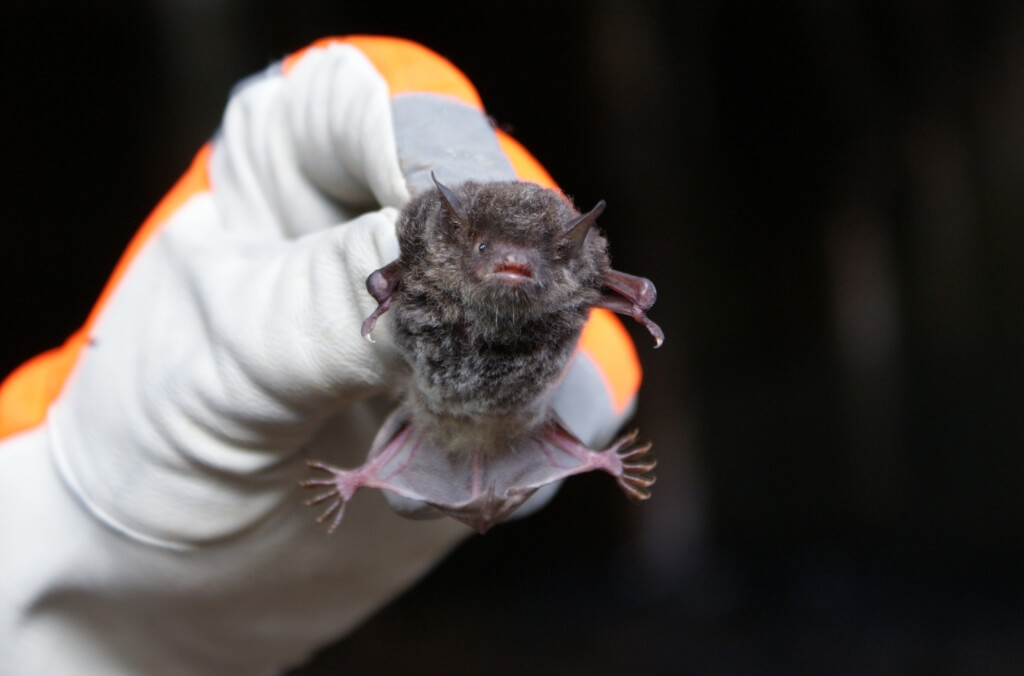
Southern Myotis typically breed once each year to produce 1-2 offspring. Roost boxes installed at the Park has supported breeding of this species, with juveniles recorded nestled among adults in their boxes over four seasons.
Did You Know: Baby bats are called pups!
What’s next?
Building on this success, the Park is committed to not only maintain, but to enhance the long-term nest and roost box program. With four of the twelve microbat species recorded at the Park as utilising roost boxes, newly designed bat boxes have been sourced for installation in the coming year, with the aim of catering to a greater variety of microbats present on-site.
You might also be interested in...
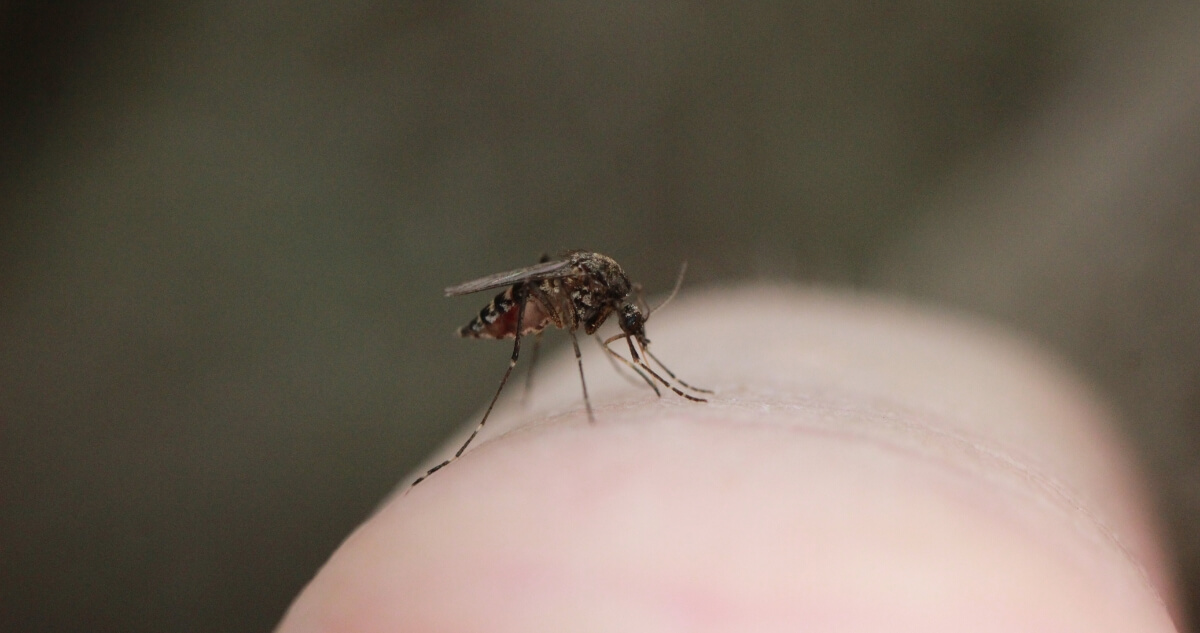

Sydney Olympic Park has been in busy preparing a gift for Park users that’s not wrapped in ribbon, but in science!


We’ve recently completed the 22nd annual Spring Bird Census 2025 at Sydney Olympic Park.
